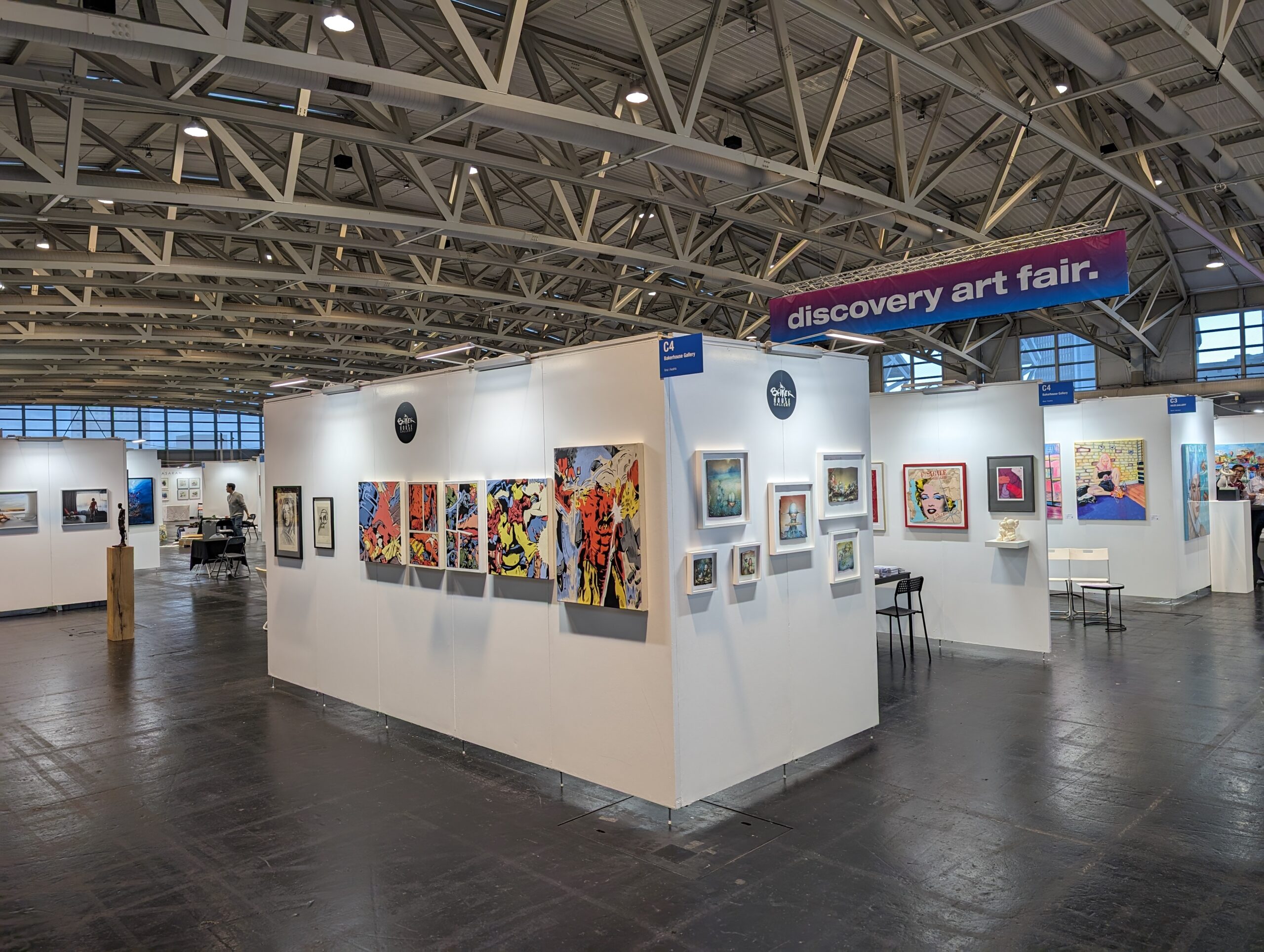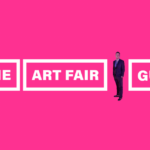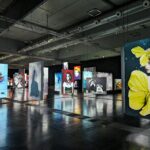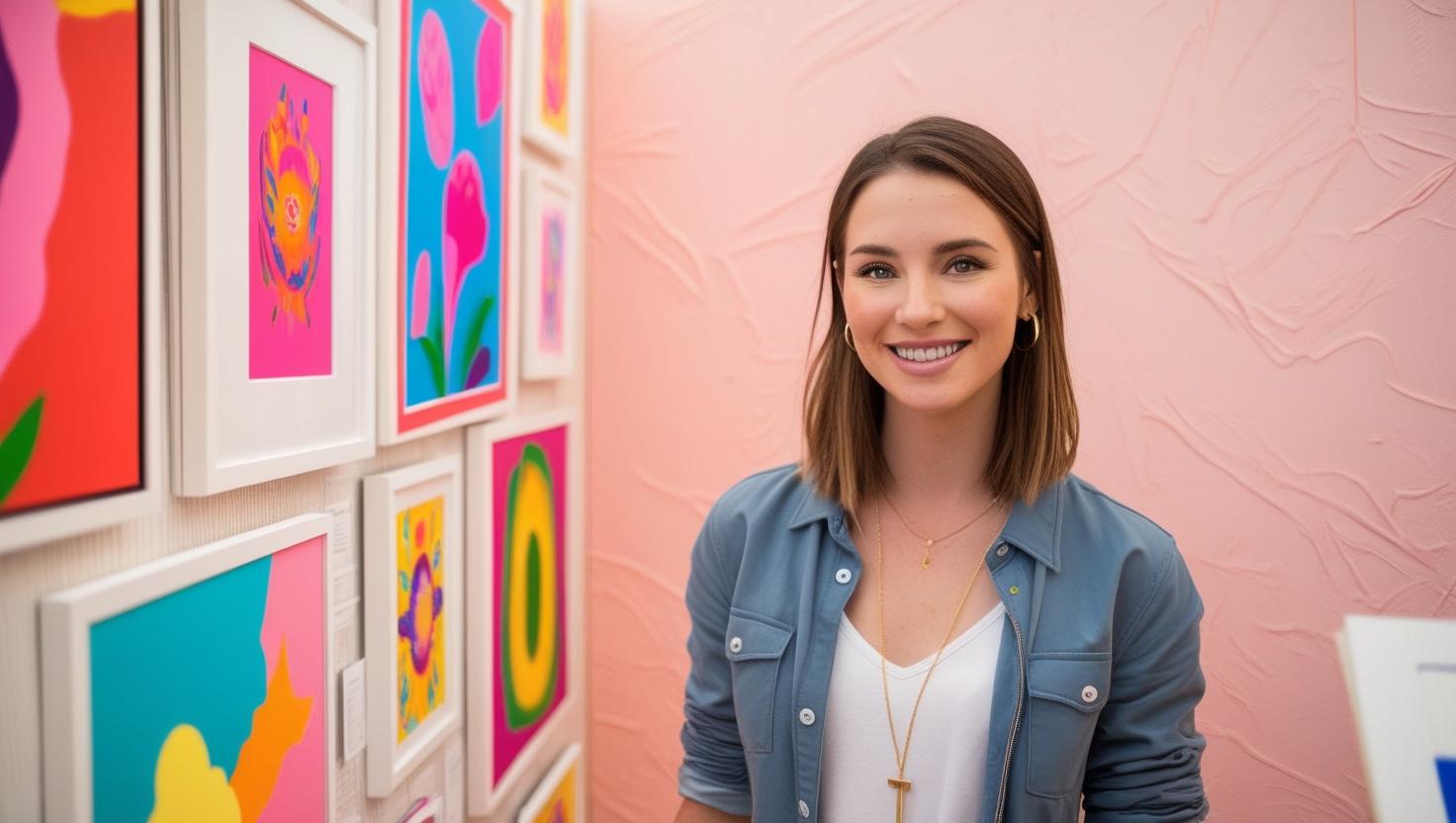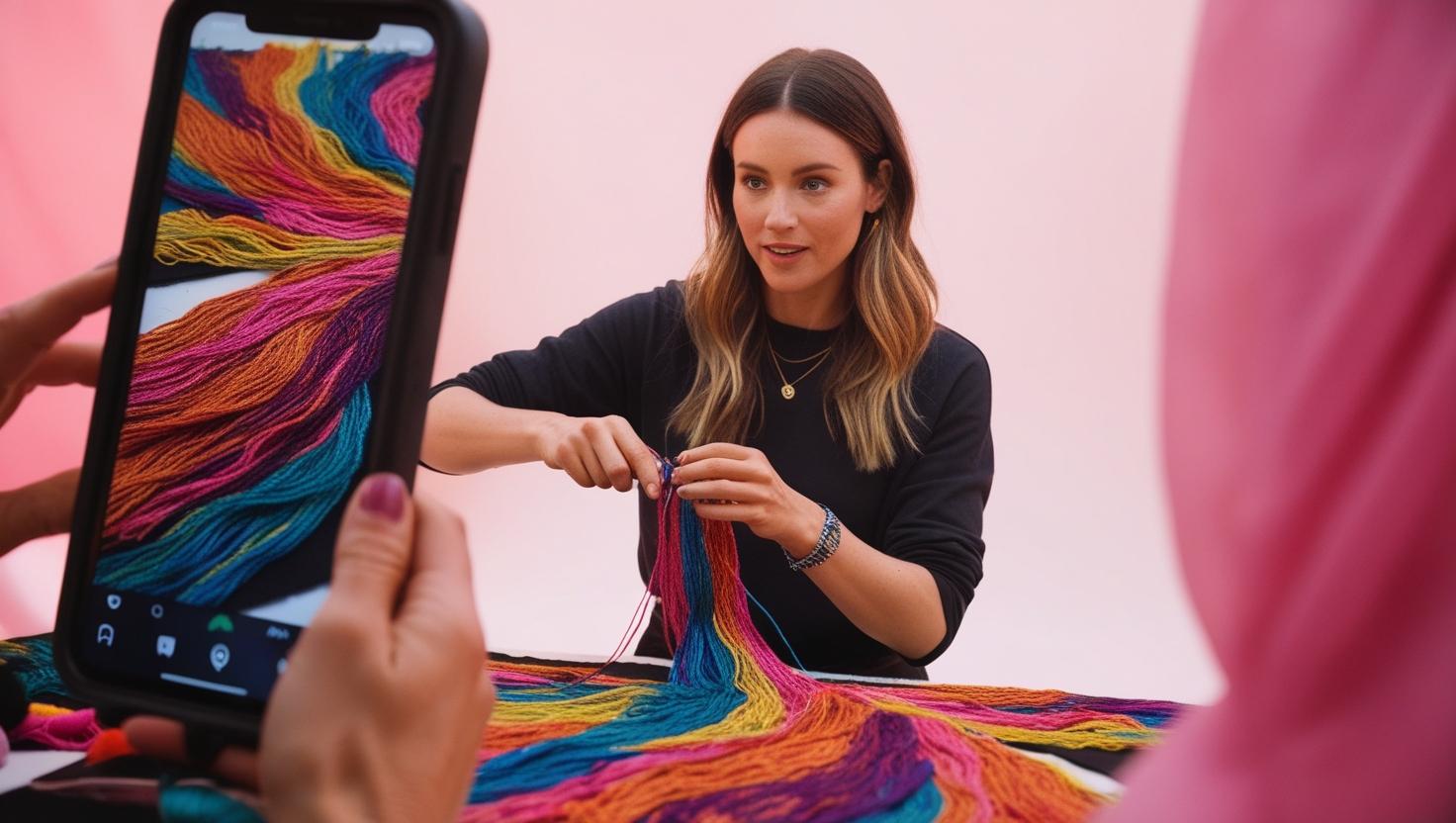The art fair scene is a constantly evolving tapestry of creativity, innovation, and commerce. In the art market, art fairs function as physical marketplaces, connecting artists, galleries, and collectors in an mostly annual (or biannual) event in a certain location. But the traditional model of art fairs as exclusive domains for galleries is being challenged and expanded, giving rise to a spectrum of new formats that cater to a more diverse array of participants (and visitors). This evolution reflects broader shifts in the art market, driven by technological advances, changing collector demographics, and a growing emphasis on accessibility and direct artist engagement.
In this article, we will delve into the nuances of three different art fair models, examining the opportunities and challenges each presents for the art ecosystem.
1. Art Fairs Exhibiting Only Art Galleries
Art fairs solely exhibiting art galleries are the cornerstone of the traditional art market, showcasing curated selections from mostly established (and some emerging) galleries worldwide. These fairs serve as a prestigious platform for galleries to present their artists’ work to a global audience, including collectors, curators, and art enthusiasts. By maintaining a focus exclusively on galleries, these events claim to uphold a standard of professional curation and presentation, ensuring that visitors experience the highest quality of contemporary and modern art. This model fosters deep connections within the art industry, supporting the gallery ecosystem while offering collectors access to a vetted selection of artworks. Often these fairs have an experienced curator who vettes each gallery application (which are often subject to an application fee) and selects the galleries which are allowed to exhibit.
Characteristics: These are the traditional art fairs, where the primary exhibitors are art galleries representing artists. Galleries curate the artworks displayed, handling sales and interactions with collectors.
Examples: Art Basel and Frieze Art Fair are definitely the most prominent examples, showcasing galleries and the artists they represent from around the world. Other examples are Art Dubai, Vienna Contemporary, ARCO Madrid, Art Singapore…
Pros:
- Professional Curation: Galleries bring professionally curated artworks, ensuring high-quality exhibitions.
- Networking: Provides a concentrated networking opportunity for galleries, collectors, and curators.
Cons:
- High Costs: Participation costs for galleries are significant, potentially limiting smaller or ermerging galleries’ ability to attend. Often there are non-refundable application fees.
- Little space and opportunities for emerging art galleries: these fairs are dominated by established galleries and often have long admission waiting lists.
- Limited Access for Artists: Solo artists without gallery representation are not able to participate.
2. Art Fairs Exhibiting Both Solo Artists and Art Galleries
Art fairs exhibiting both solo artists and art galleries represent a unique fusion in the art world, blending the traditional gallery model with the rapidly increasing trend of independent artist showcases. This hybrid approach offers a diverse array of artworks (and artists), enabling collectors to explore a wider range of styles, mediums, and artistic visions under a single roof. By providing a platform for both galleries and solo artists, these fairs democratize access to the art market, fostering direct interaction between creators and the art-buying public. Such inclusivity not only enriches the cultural dialogue within these events but also broadens opportunities for artists at various stages of their careers, making these fairs a vibrant intersection of creativity and commerce.
Characteristics: These fairs offer a hybrid model, welcoming both galleries and independent/Solo artists. This model provides a broader range of artworks and participation opportunities. These hybrid fairs typically address younger, more innovative and potentially emerging galleries – however – often established galleries also know to value these concepts.
Examples: ARTMUC, World Art Dubai, Discovery Art Fairs Germany and Affordable Art Fairs (in some countries only Galleries!) feature works by both gallery artists and independents, focusing on democratizing art buying.
Pros:
- Diversity of Artwork: Attendees can explore a wide range of art styles and prices.
- Variety of Prices: Hybrid model art fairs often come with a wide range of prices for artworks.
- Direct Artist Interaction: Collectors have the chance to meet artists directly, offering a more personal buying experience.
Cons:
- Varied Quality: The open nature may result in a wider range of art quality. However, most of these art fairs have experienced curator teams to ensure high quality standards.
- Competition: Independent artists may find it challenging to stand out among galleries.
- Collector Mindset: Collectors (and new buyers) are often drilled to buy from Galleries because in the traditional art market they represent “quality”. This may pose a challenge in addressing audiences for hybrid model fairs.
3. Art Fairs That Only Exhibit Solo Artists
Art fairs that only exhibit solo artists are innovative platforms that spotlight the individual artist, offering a direct line from artist to potential buyers without the mediation of galleries. These events empower artists to curate their own exhibitions, providing them with complete autonomy over the presentation and sale of their work, thus fostering a unique, intimate connection with collectors. By focusing exclusively on solo artists, these art fairs serve as a vital launchpad for emerging talent, offering visibility and networking opportunities that might otherwise be inaccessible. Such fairs not only champion the diversity of artistic expression but also reflect the currently evolving dynamics of the art market, where direct engagement and personal storytelling hold increasing value.
Characteristics: These fairs focus exclusively on solo artists, providing them with direct control over the presentation and sale of their work. This model is particularly beneficial for emerging artists seeking exposure.
Examples: The Other Art Fair, Superfine Art Fairs…
Pros:
- Direct Sales: Artists handle their sales, retaining more profit.
- Greater Visibility for Emerging Artists: Offers exposure opportunities for artists without gallery representation.
Cons:
- Organizational Burden: Artists are responsible for their booth setup, sales, and promotion.
- Limited Networking: Solo artists might miss out on the professional networking opportunities that galleries can provide.
- Limited high quality collectors: They are often invited by exhibiting galleries who already have a strong customer base.
In conclusion, the landscape of art fairs is a reflection of the art market’s dynamic nature, responding to shifts in cultural practices, economic models, and the desires of the art-buying public. The diversification of art fair formats—from gallery-exclusive to artist-centric—underscores a broader trend towards inclusivity, democratization, and direct engagement within the art world. The three types covered above are just the most common variants. There are many more hybrid versions of art fairs out there with interesting models which we may cover in the future.
This evolution presents both opportunities and challenges, necessitating a nuanced understanding of the value and role of different art fair models. As artists seek visibility, galleries aim to expand their reach, and collectors pursue unique and meaningful acquisitions, the art fair as we know it today will certainly continue to play a crucial role in shaping the future of art commerce – be that with Galleries, Galleries & Solo Artists, or just Artists exhibiting.

